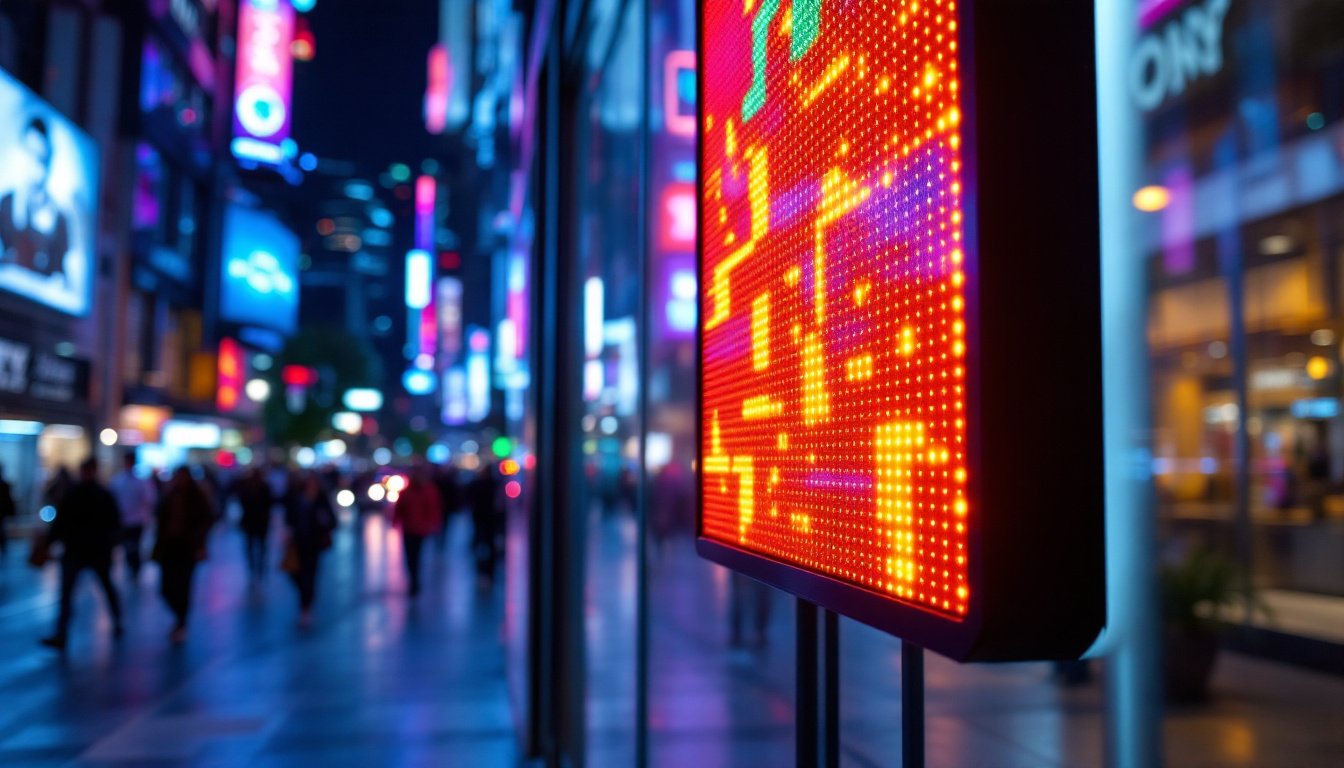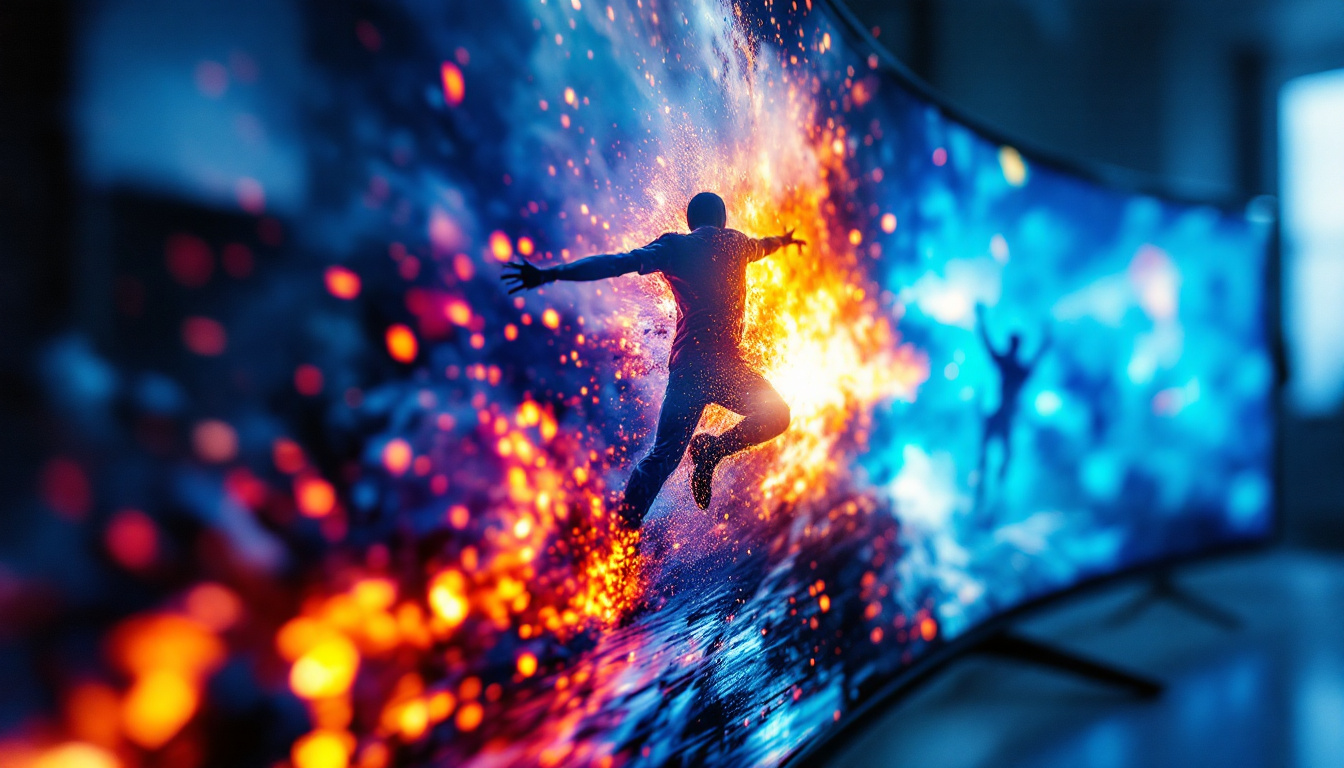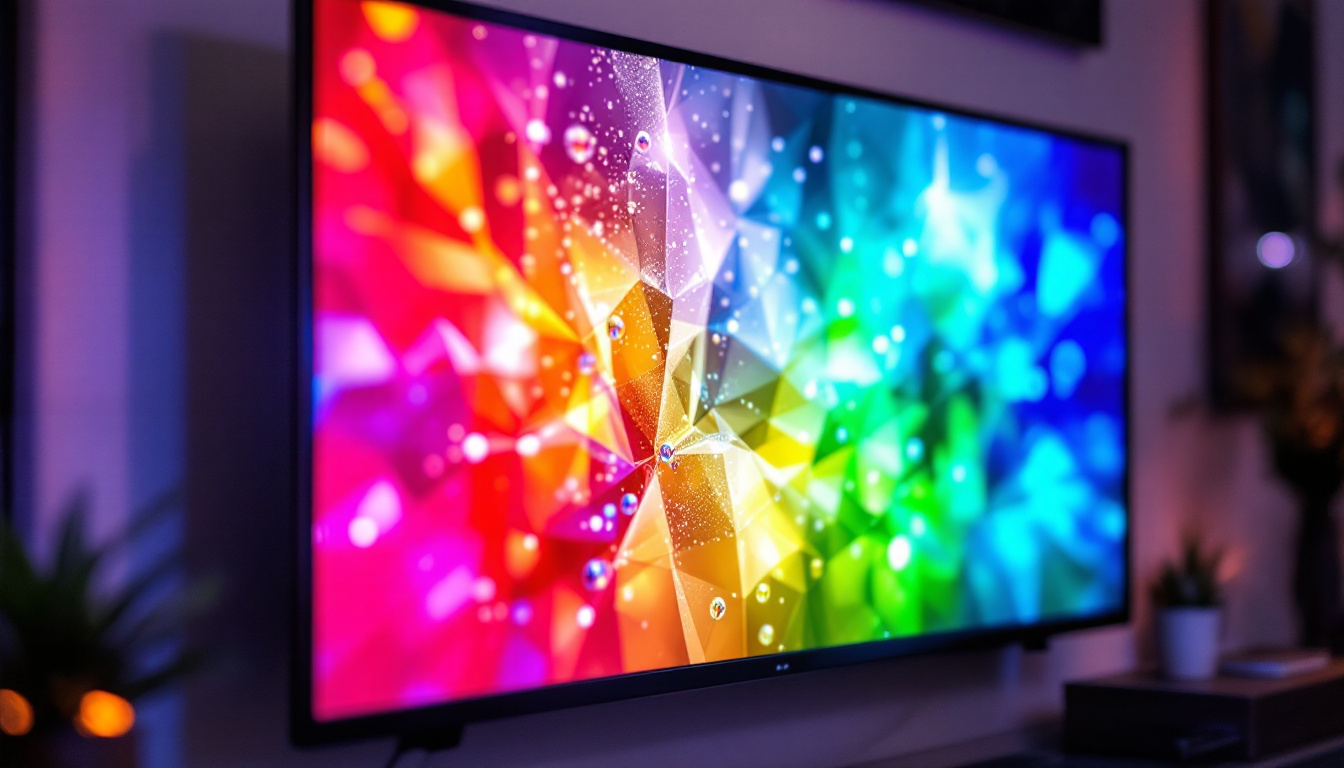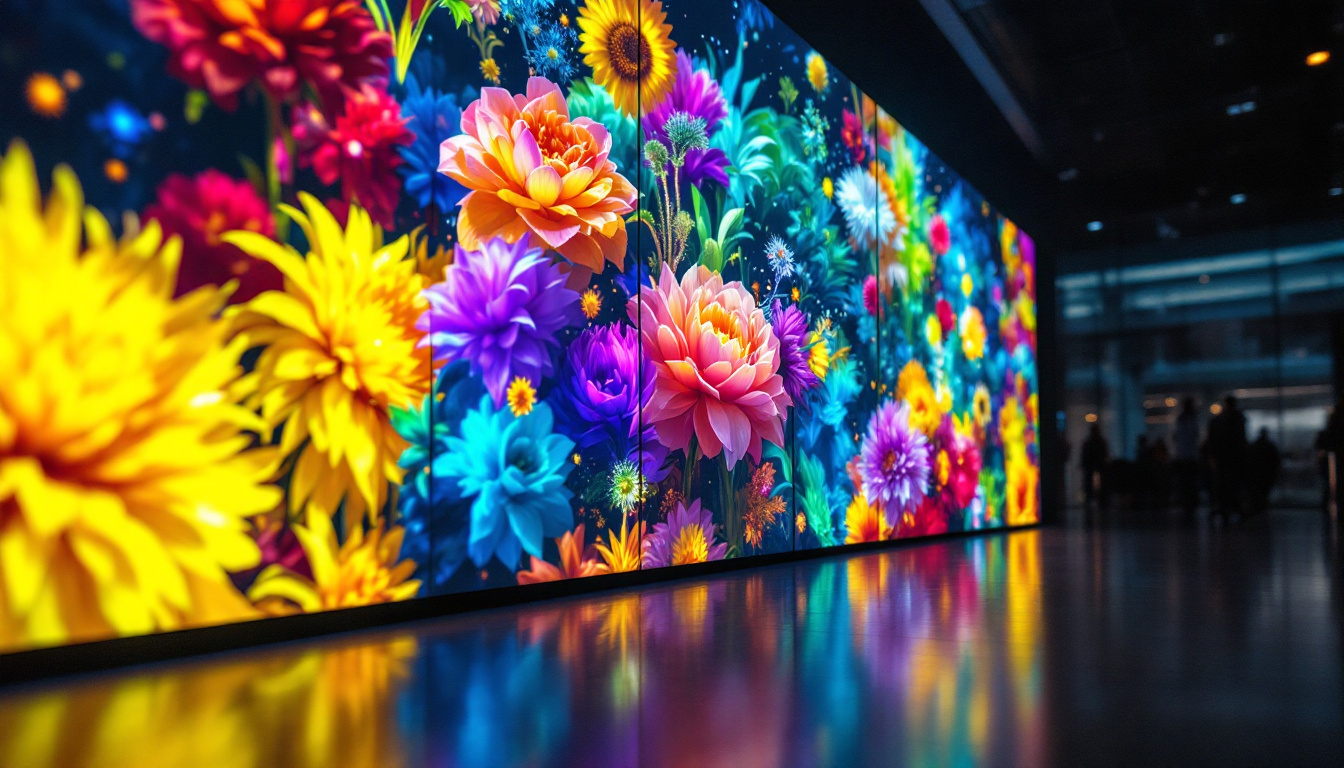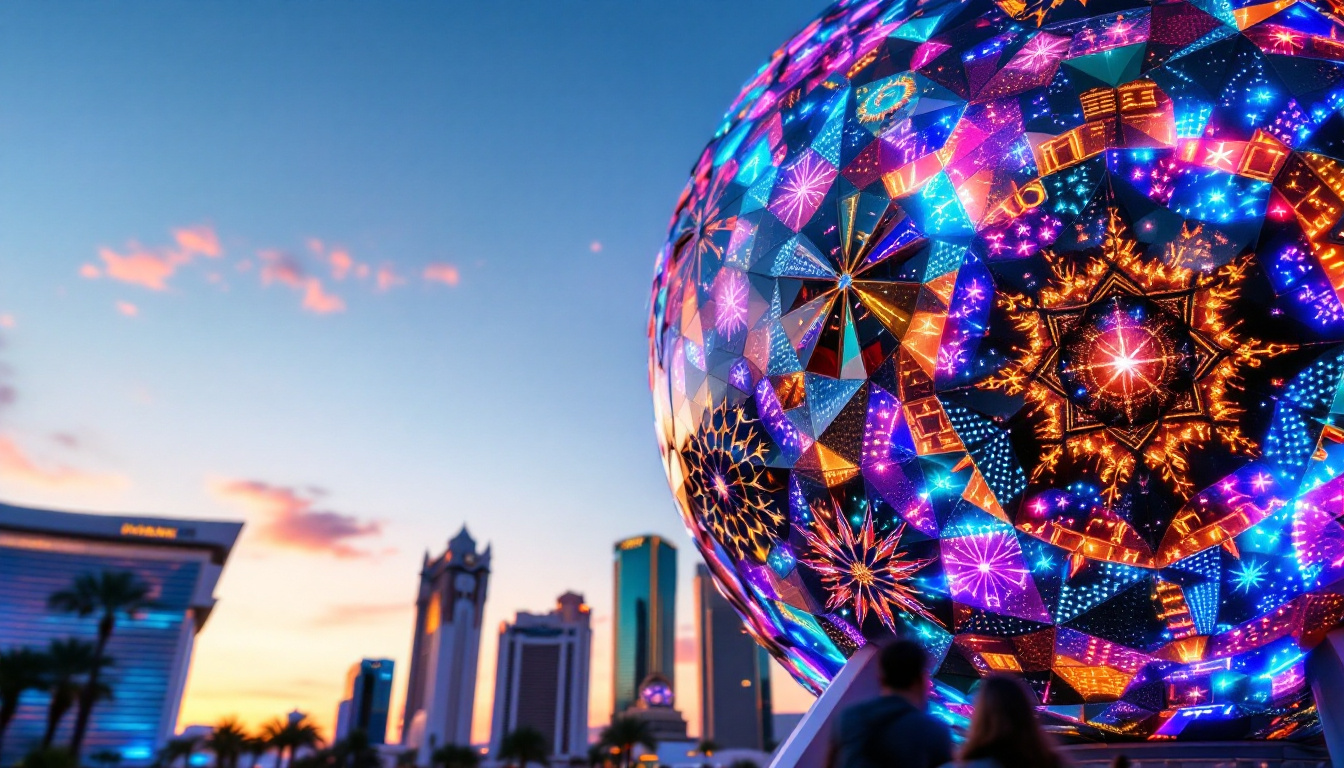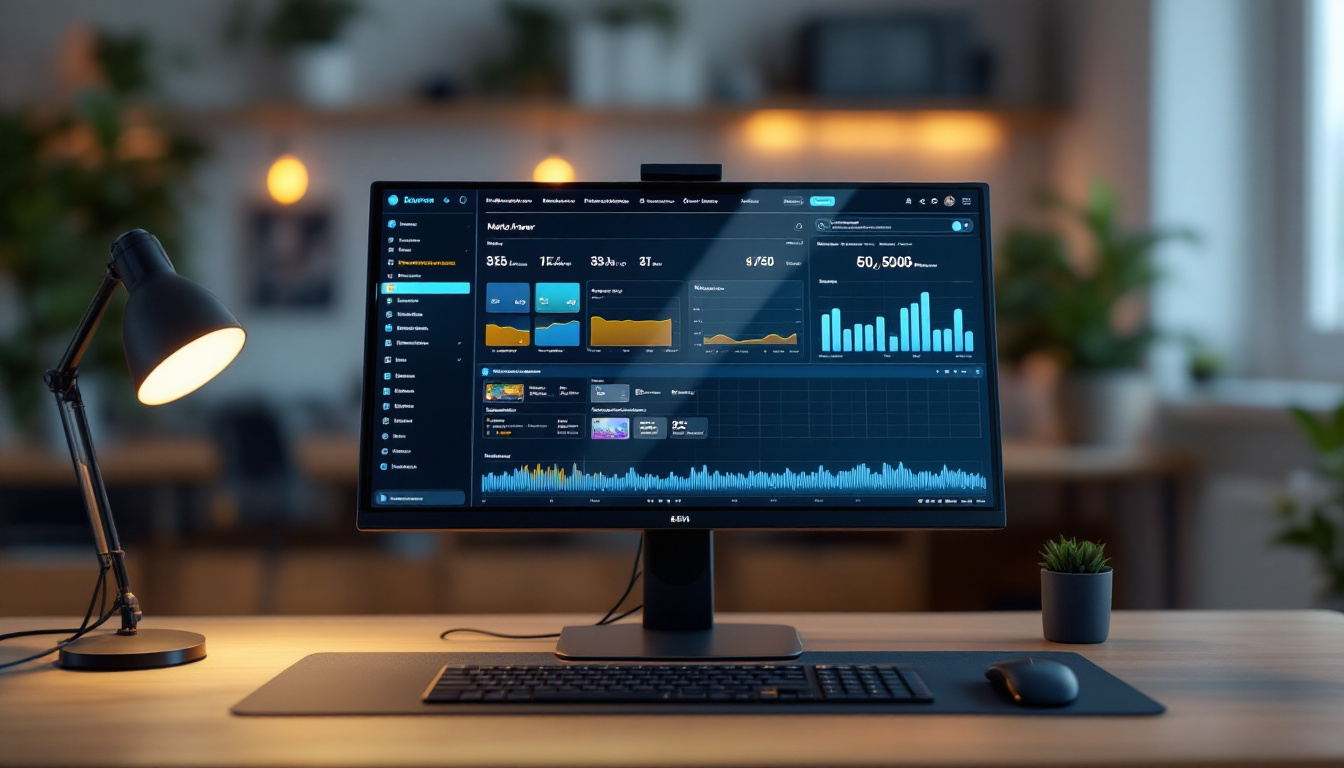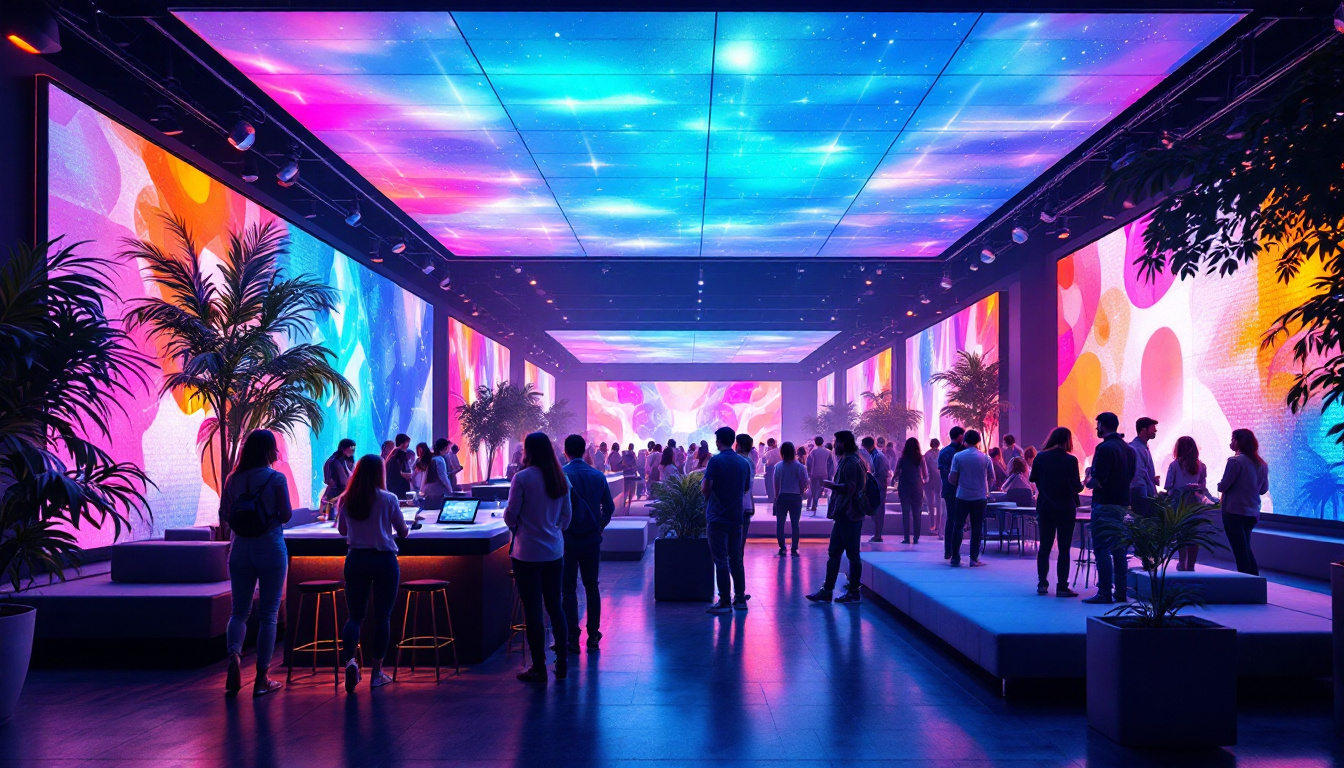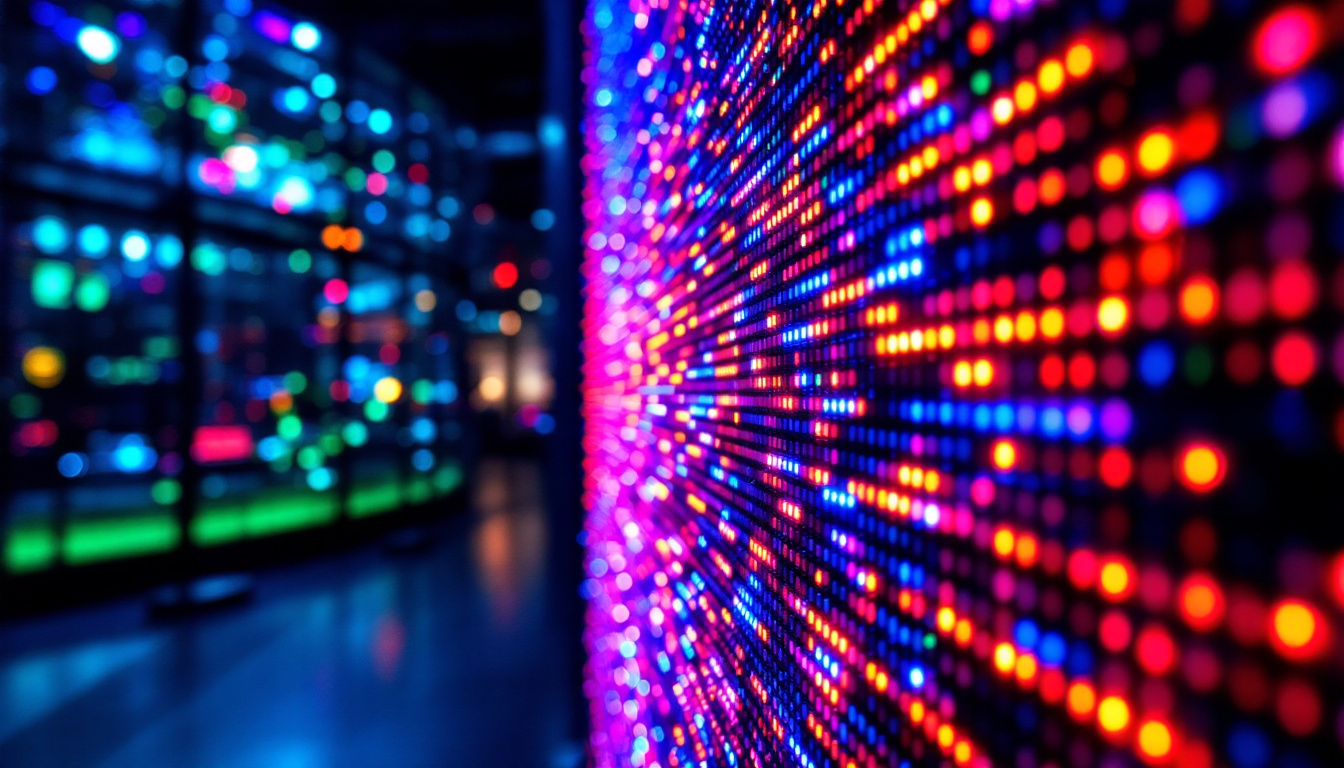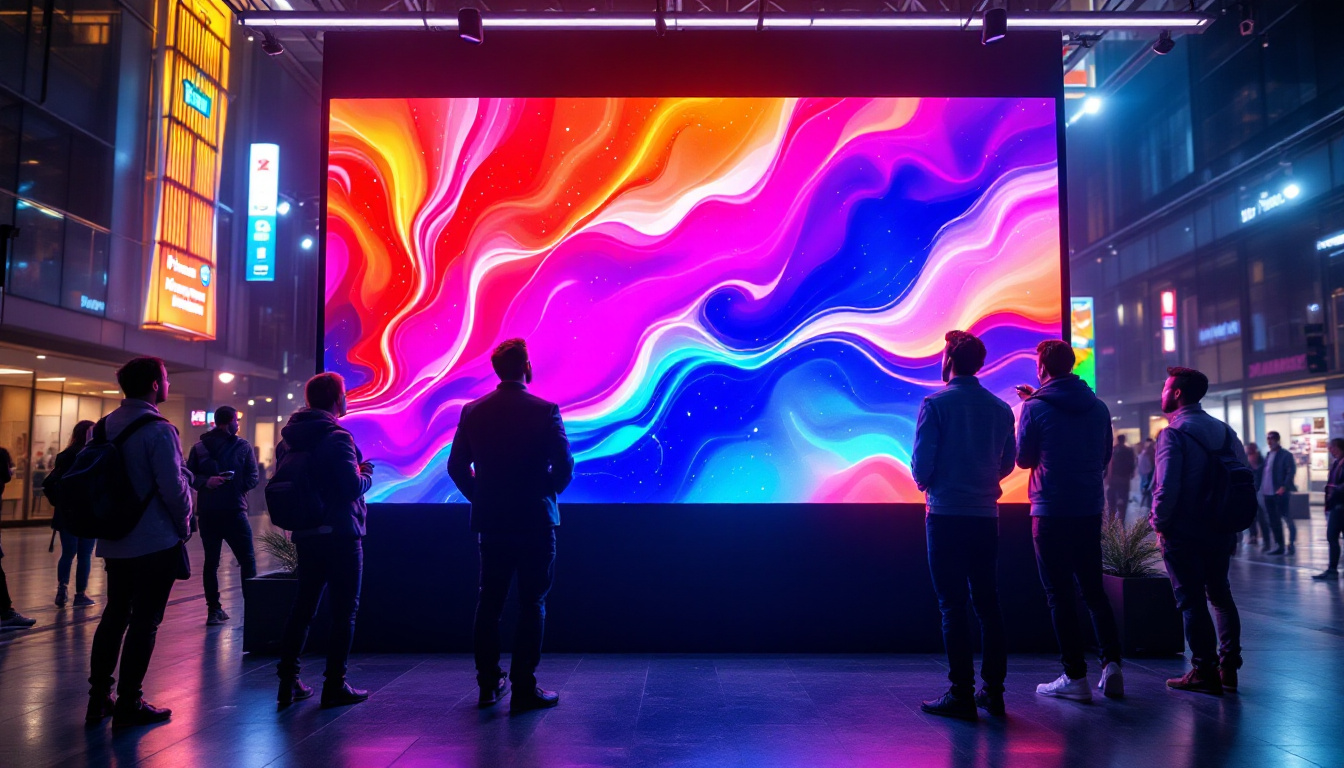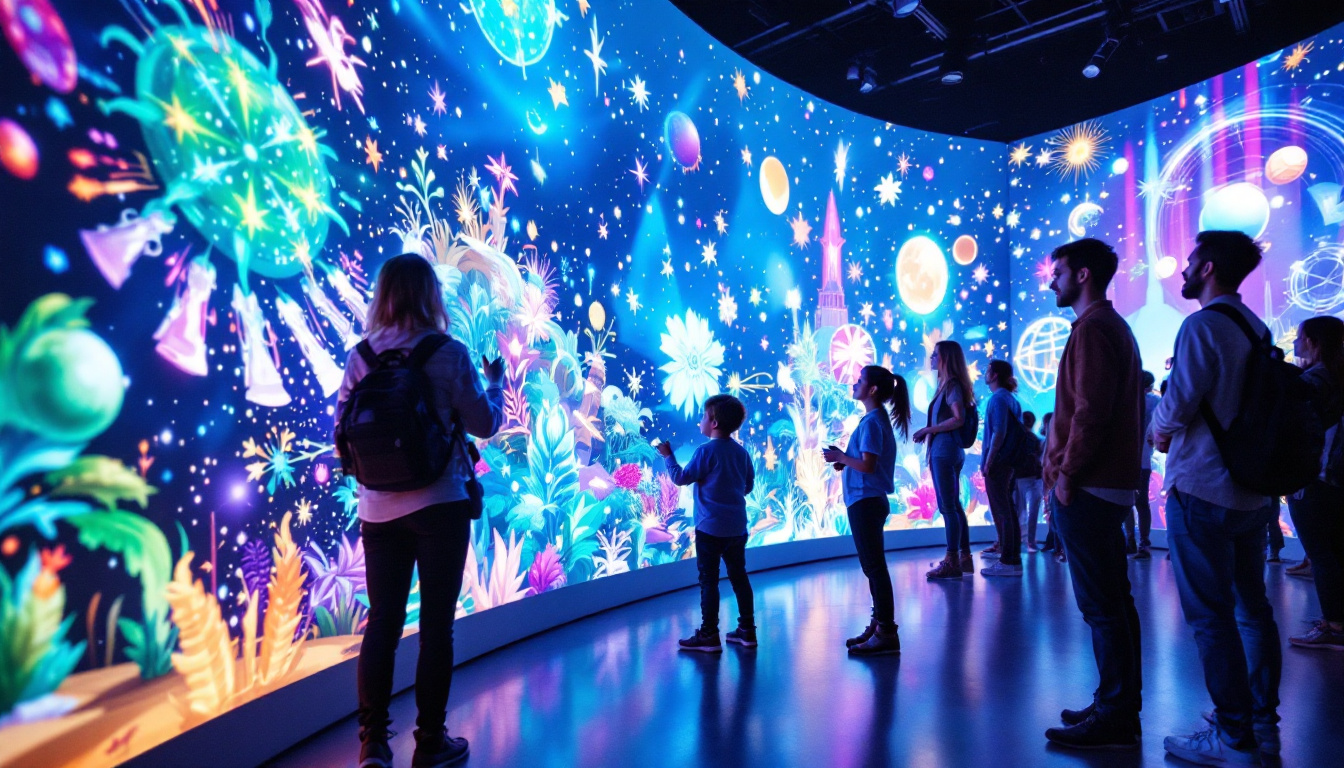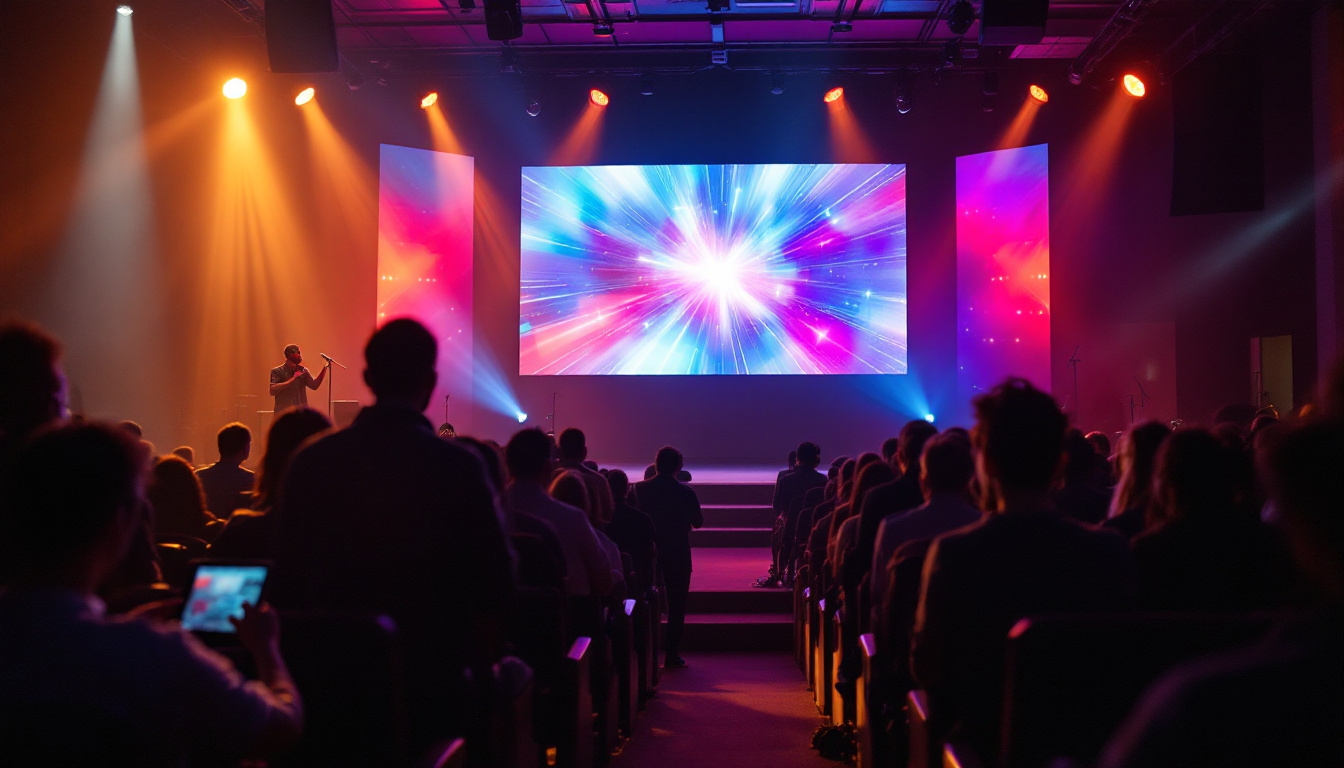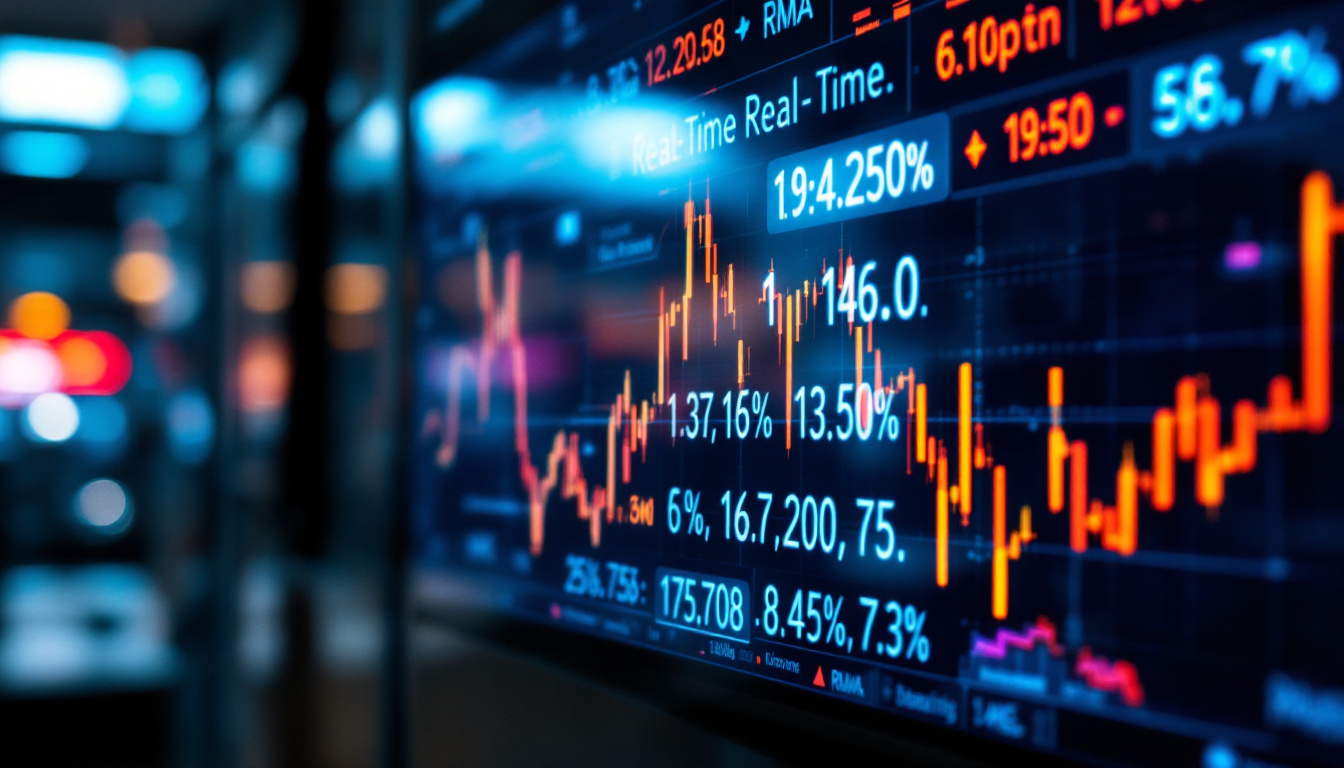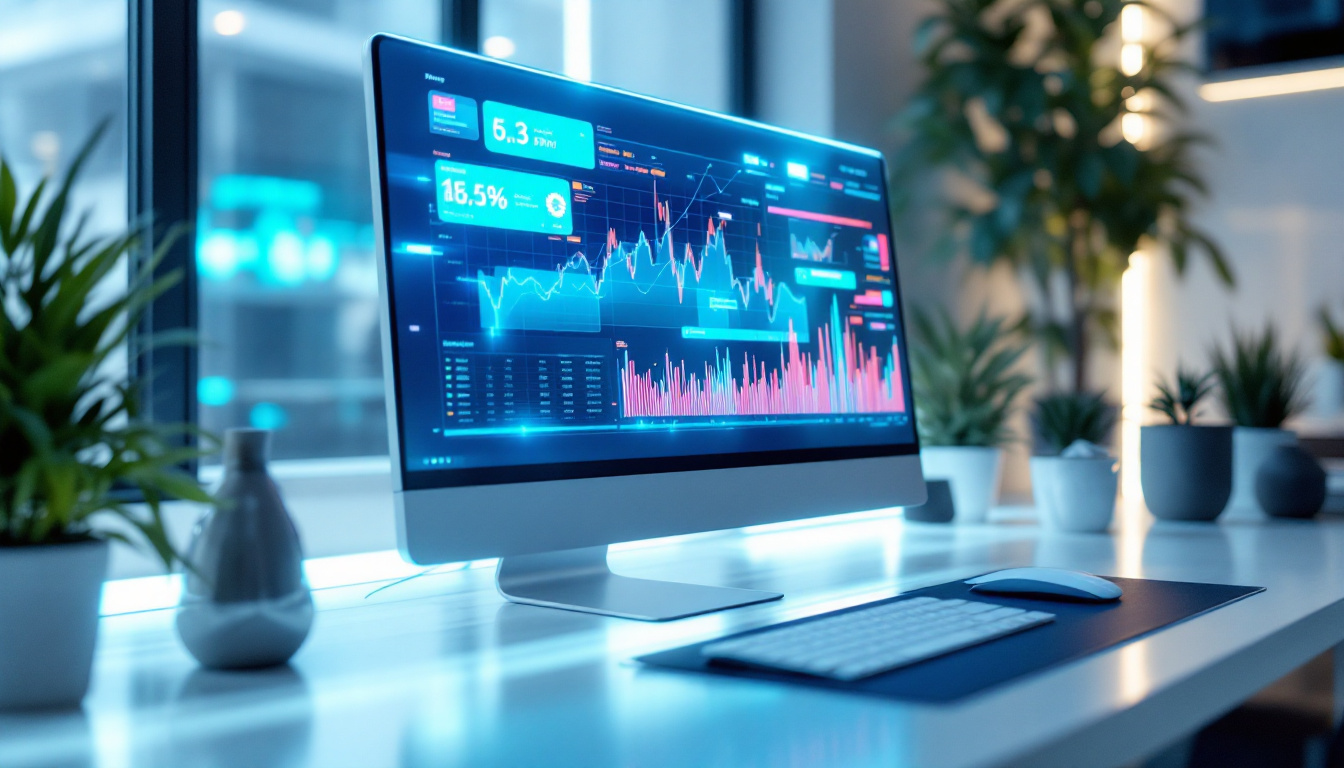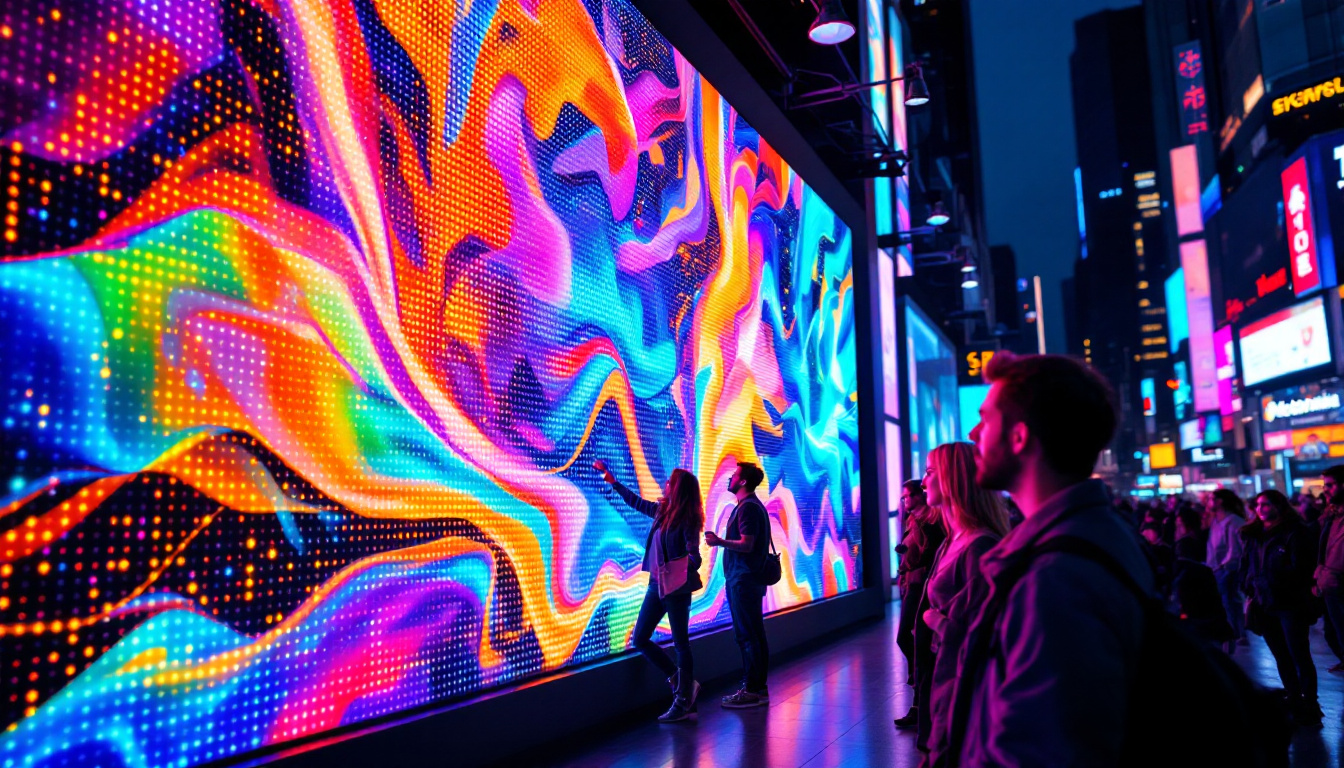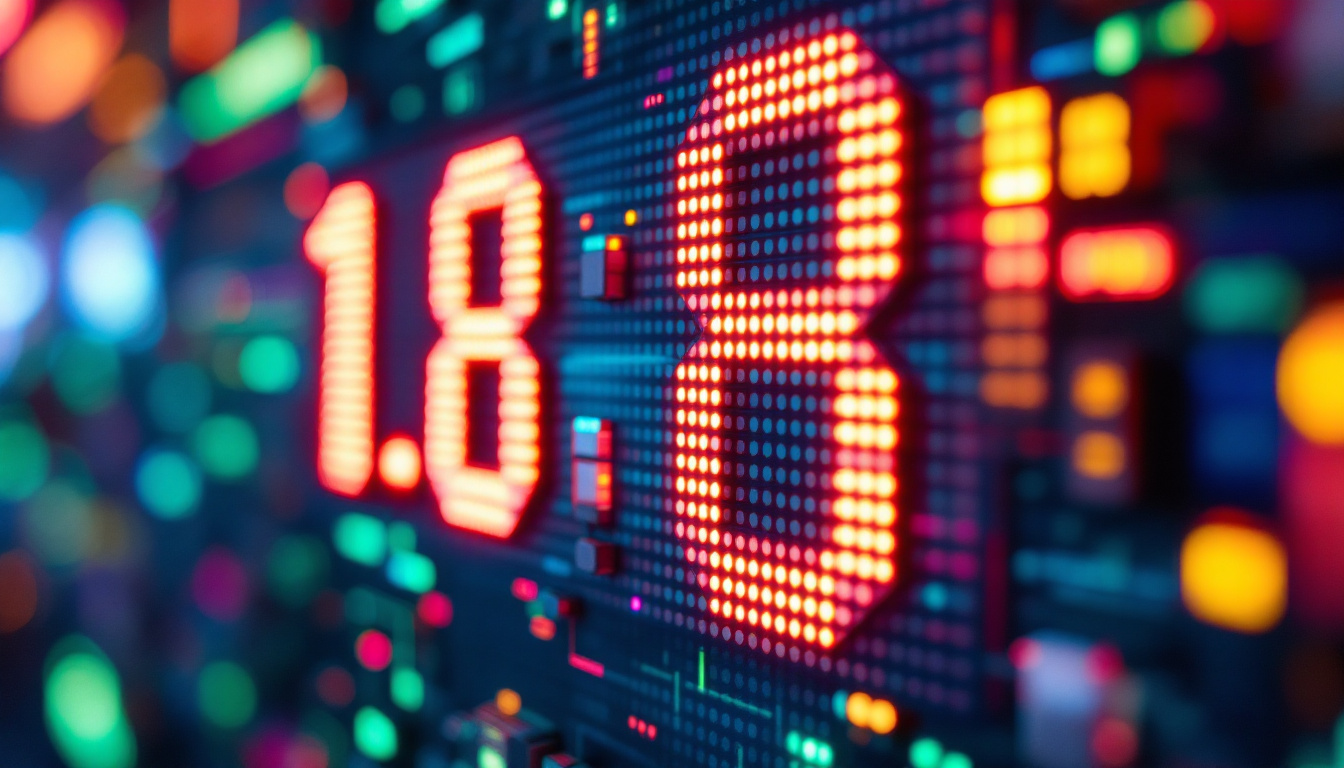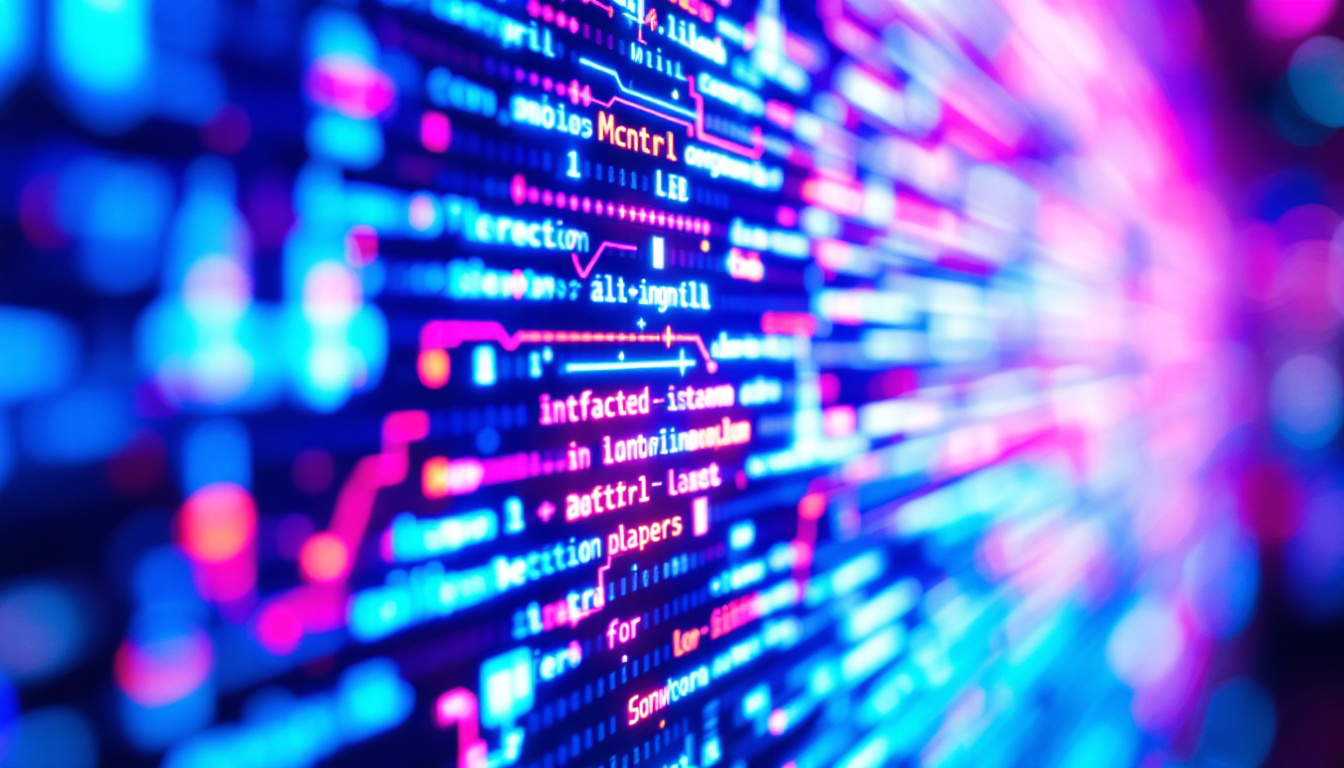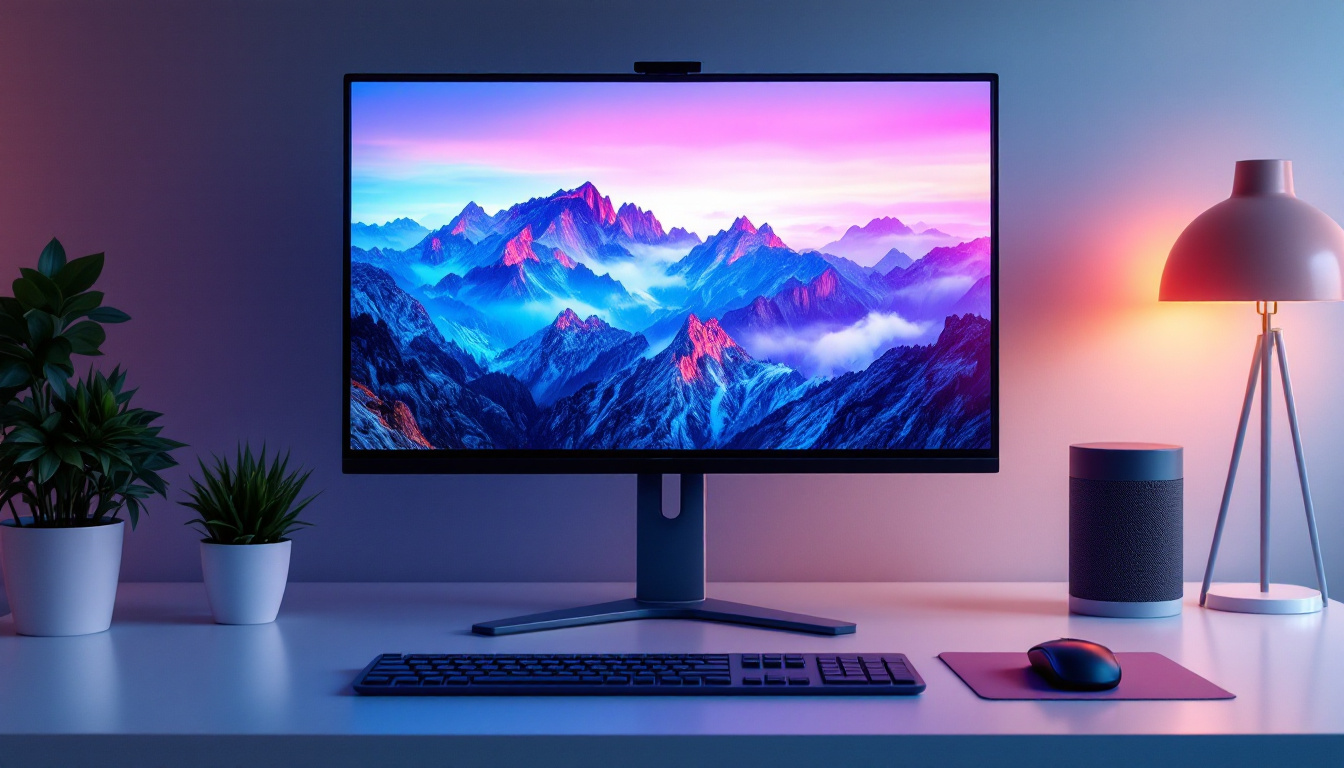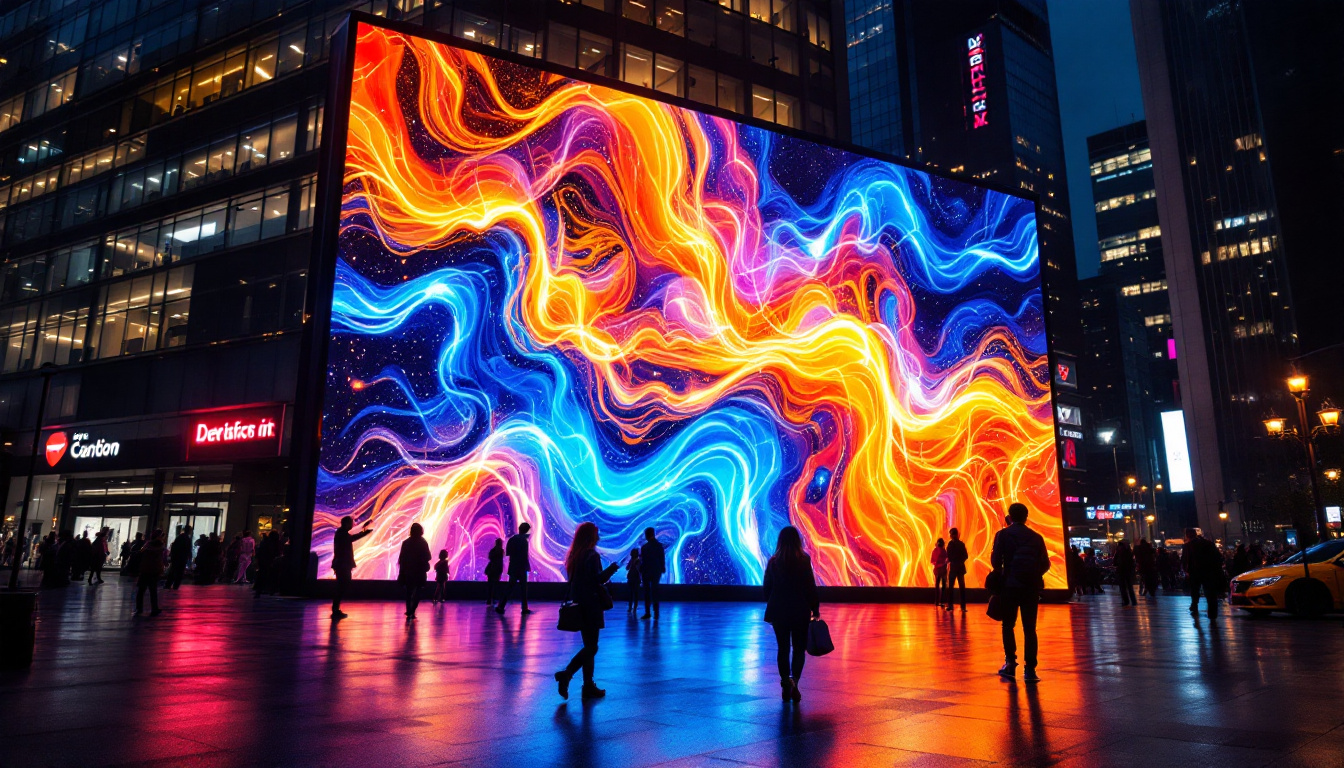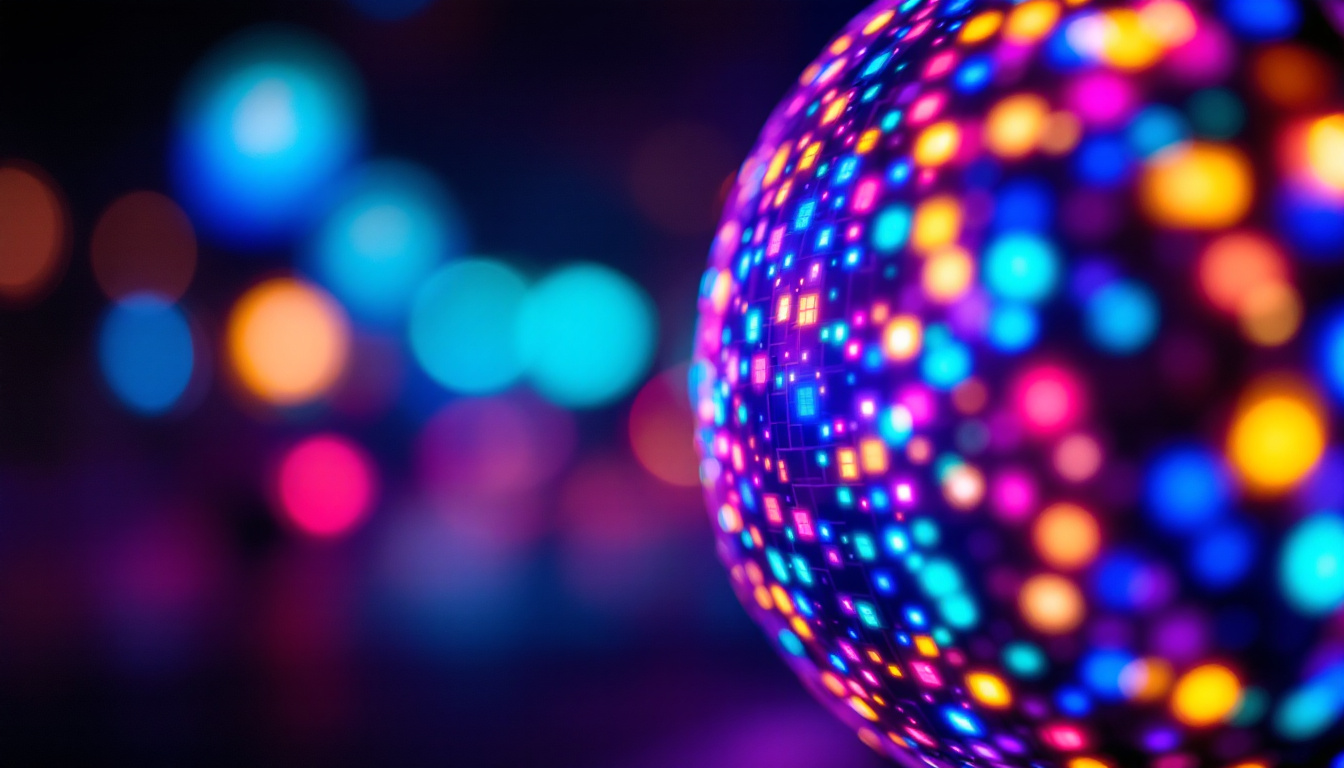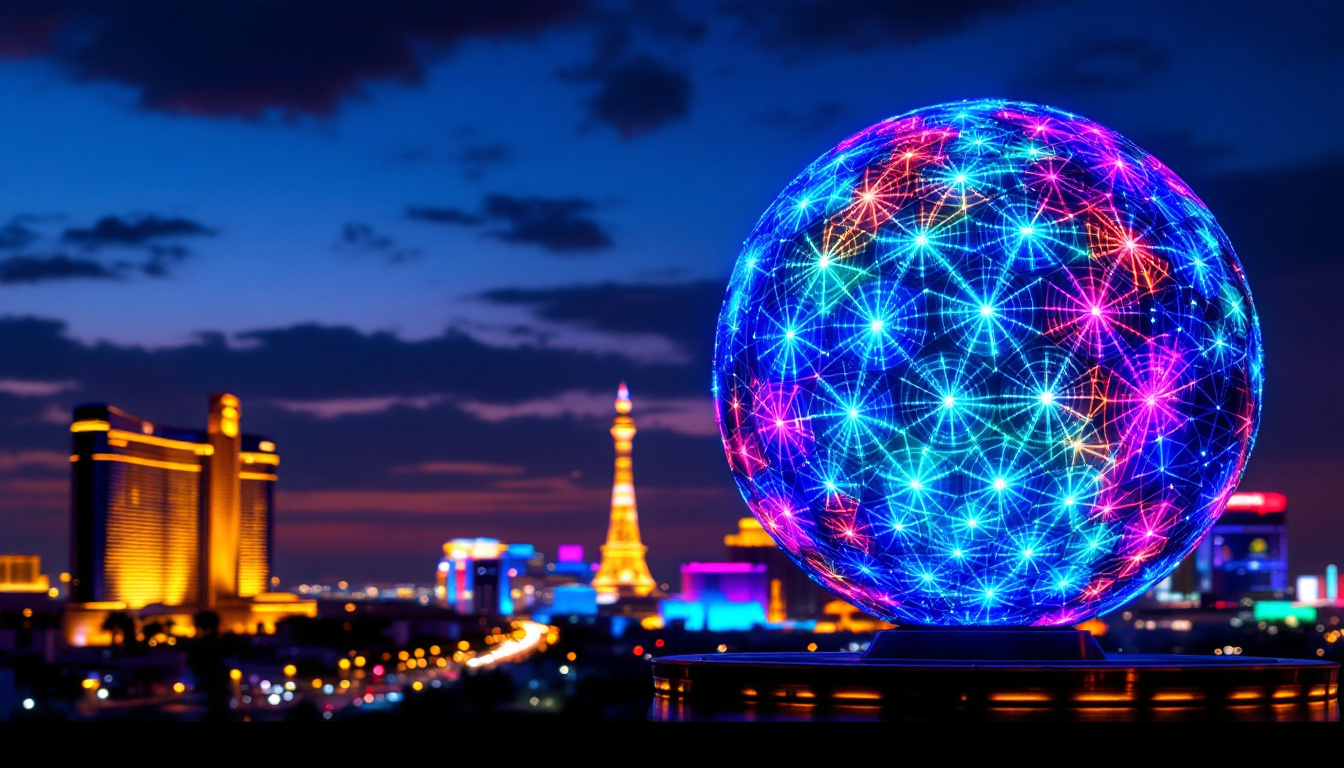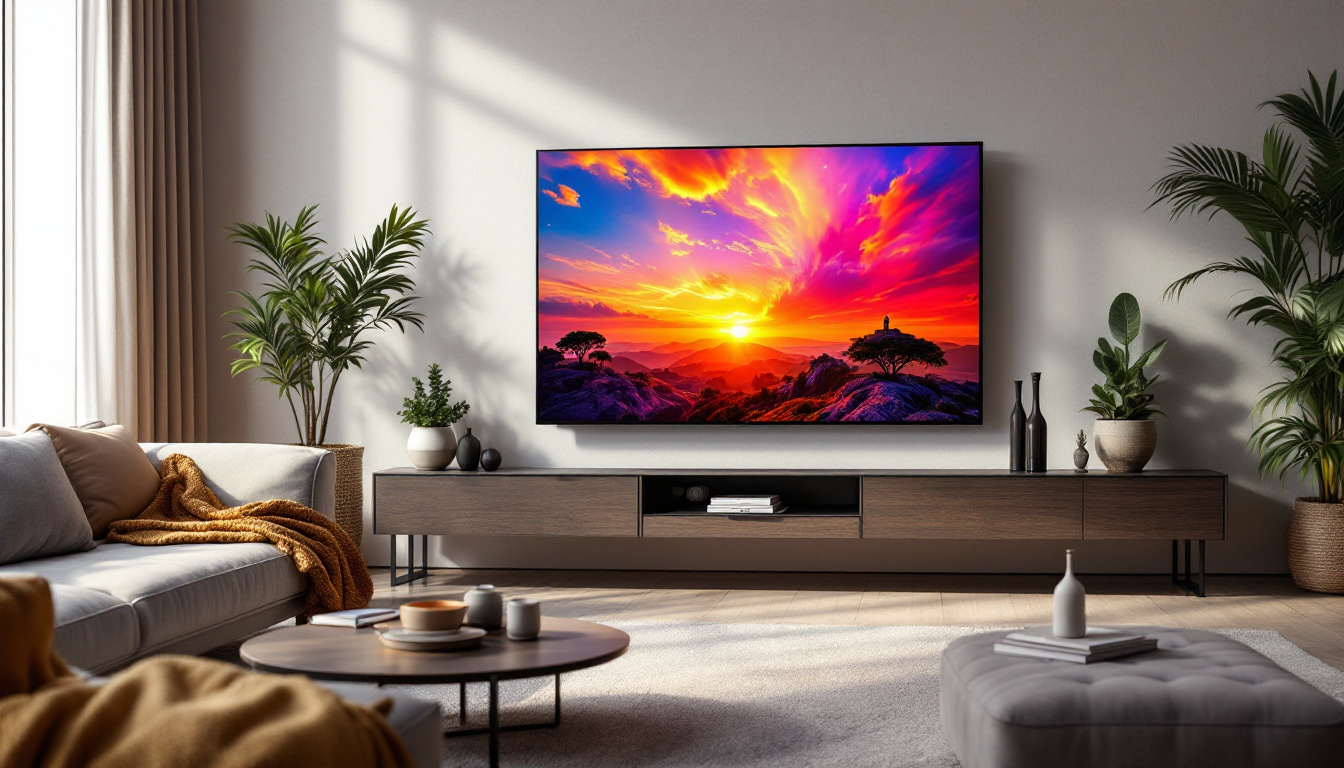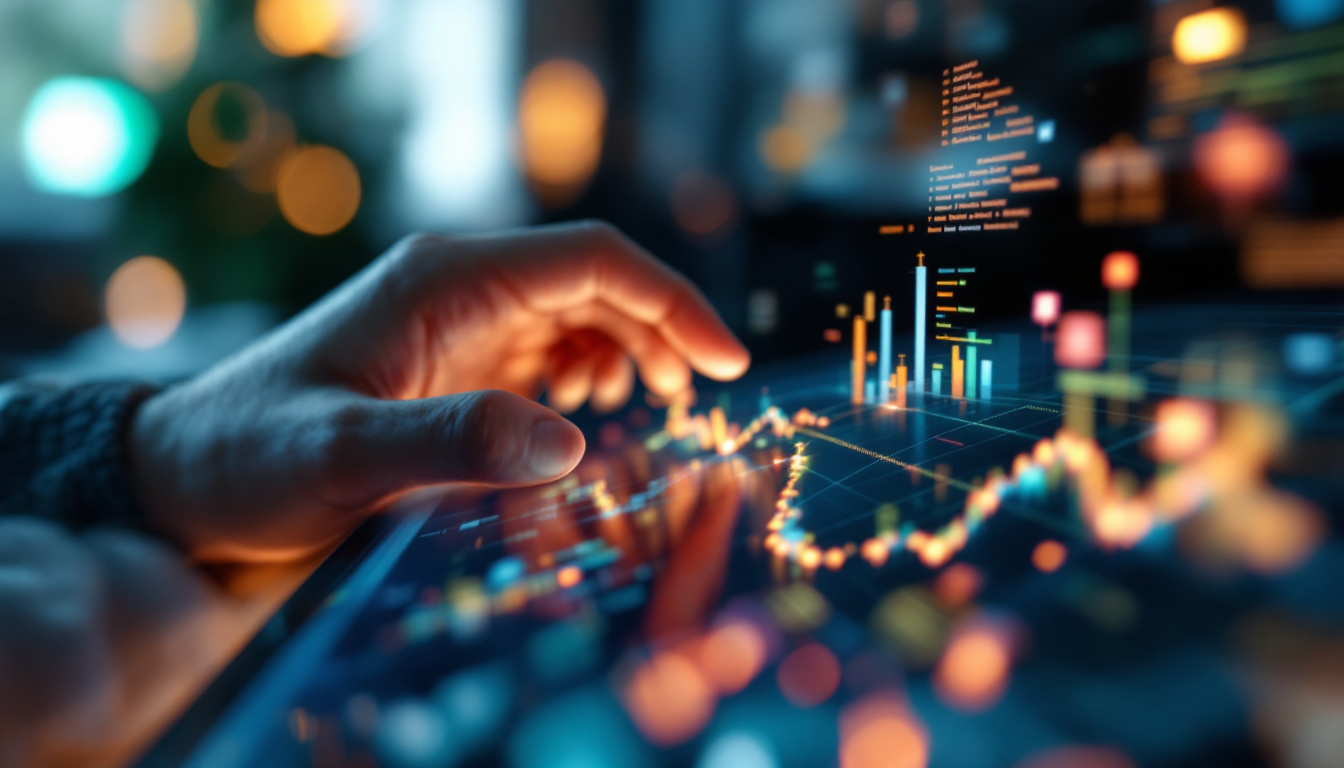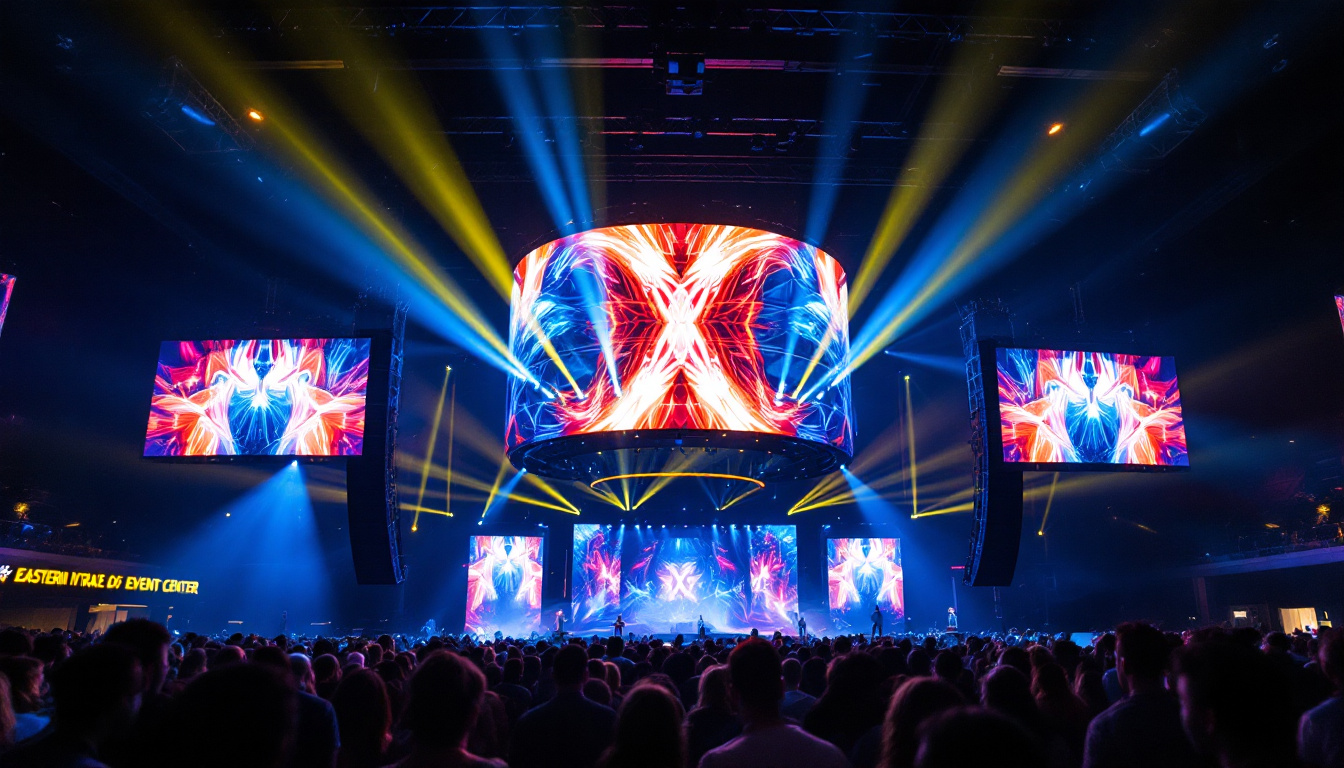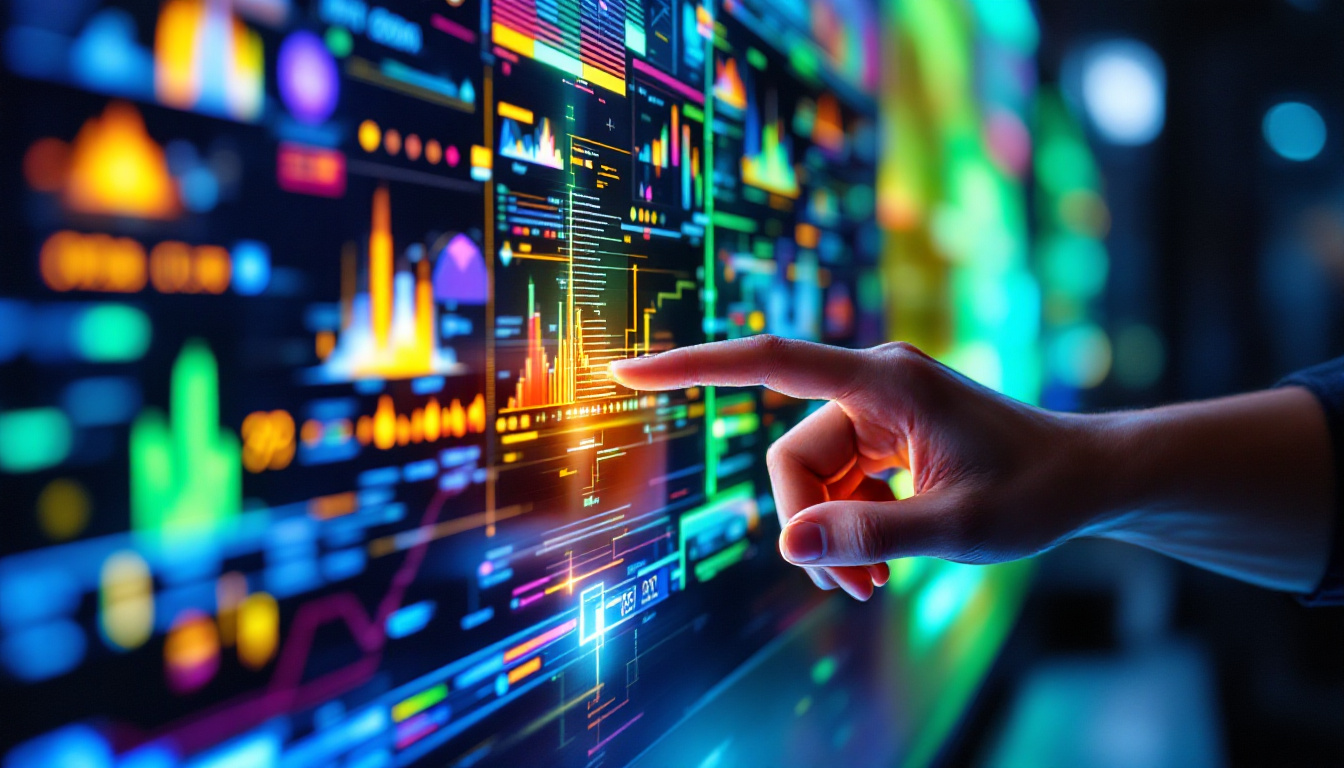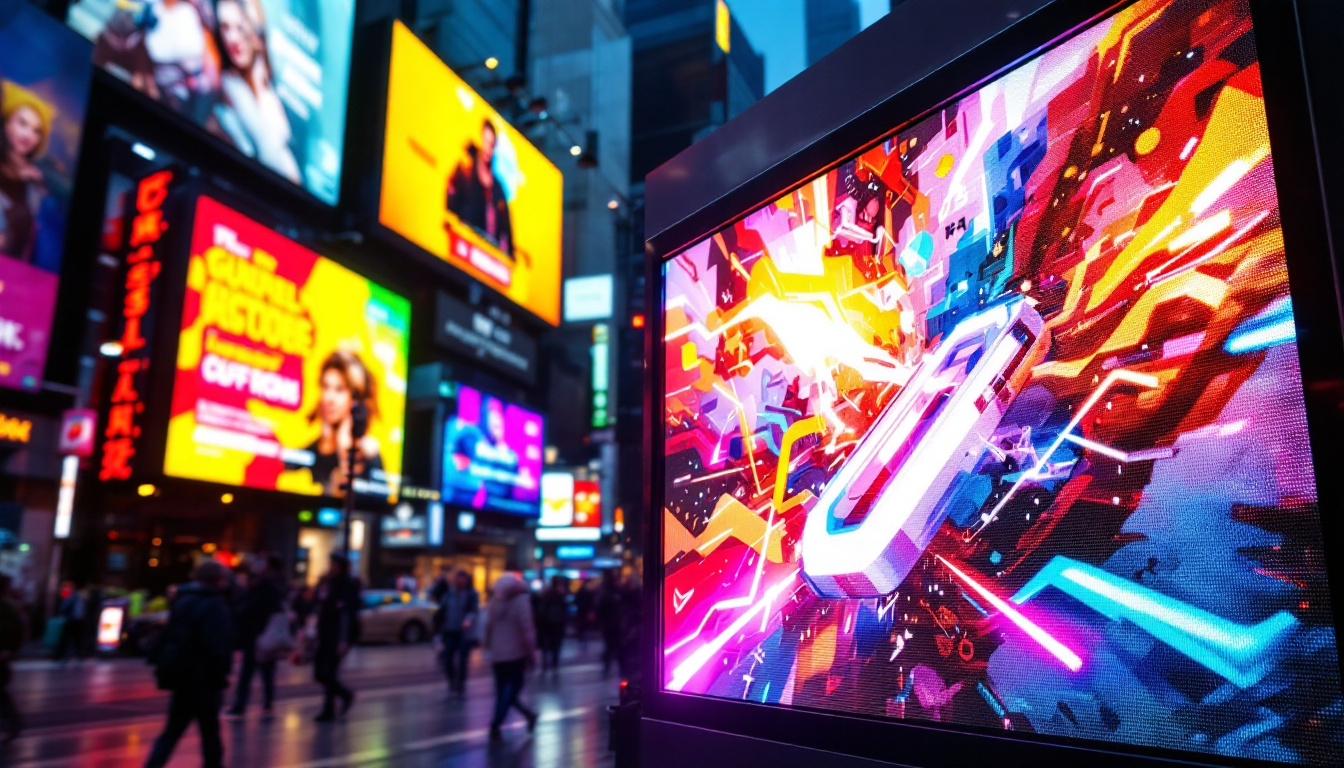In the realm of video electronics, LED displays have emerged as a transformative technology, revolutionizing the way visual content is presented. From large-scale outdoor billboards to sleek indoor screens, LED displays are ubiquitous in modern society. This article delves into the intricacies of LED technology, its advantages, applications, and future trends.
Understanding LED Technology
Light Emitting Diode (LED) technology is at the core of LED displays. Unlike traditional display technologies that rely on backlighting or projection, LEDs generate light directly. This fundamental difference contributes to the unique characteristics of LED displays, making them a preferred choice for various applications. The energy efficiency of LEDs is another significant advantage, as they consume less power than their incandescent and fluorescent counterparts, leading to lower electricity bills and a smaller carbon footprint. This efficiency not only benefits consumers but also aligns with global efforts to promote sustainable technology.
The Basics of LED Operation
LEDs are semiconductor devices that emit light when an electric current passes through them. Each LED consists of a chip made from a combination of materials, typically gallium, arsenide, or phosphide. When electricity flows through the chip, electrons recombine with holes, releasing energy in the form of photons—this is the light that we see. The efficiency of this process is what makes LEDs so appealing for modern lighting and display solutions. Additionally, the lifespan of LEDs is impressive, often exceeding 25,000 hours, which means they can last for years without needing replacement.
In an LED display, thousands of these tiny diodes are arranged in a grid, forming pixels. Each pixel can be controlled independently, allowing for a wide range of colors and brightness levels. The combination of red, green, and blue (RGB) LEDs within each pixel enables the display to produce millions of colors, enhancing the visual experience. This capability is particularly beneficial in applications such as video walls, where vibrant and dynamic visuals are crucial for capturing audience attention. Furthermore, advancements in technology have led to the development of high-resolution displays, making it possible to achieve stunning clarity and detail even at close viewing distances.
Types of LED Displays
LED displays come in various types, each suited for specific applications. The most common types include:
- Direct View LED: These displays are composed of individual LED modules that create images by emitting light directly. They are often used for large outdoor screens and digital billboards. Their ability to maintain visibility in bright sunlight makes them ideal for advertising and public information displays.
- LED Backlit LCD: In this configuration, LEDs are used to backlight an LCD panel. This combination allows for improved brightness and color accuracy compared to traditional fluorescent backlighting. This type of display is widely used in televisions and computer monitors, providing a balance between performance and cost.
- Organic LED (OLED): OLED displays utilize organic compounds that emit light when an electric current is applied. They offer superior contrast and color reproduction but are generally more expensive than traditional LED displays. The flexibility of OLED technology also allows for innovative designs, such as curved or foldable screens, pushing the boundaries of what is possible in display technology.
Advantages of LED Displays
LED displays offer a multitude of advantages over traditional display technologies, making them a popular choice for both commercial and personal use. Here are some of the key benefits:
Energy Efficiency
One of the most significant advantages of LED displays is their energy efficiency. LEDs consume less power compared to traditional incandescent or fluorescent lights. This not only reduces electricity costs but also contributes to a lower carbon footprint, making LED displays an environmentally friendly option. Furthermore, many LED displays are designed with advanced technology that allows for adaptive brightness control, adjusting the light output based on ambient light conditions. This feature not only enhances energy savings but also prolongs the life of the display, ensuring that it remains vibrant and effective over time.
Brightness and Visibility
LED displays are known for their exceptional brightness levels. This characteristic makes them ideal for outdoor applications where sunlight can wash out other types of displays. The high brightness ensures that content remains visible even in direct sunlight, enhancing the overall viewing experience. In addition to outdoor use, the clarity and sharpness of LED displays make them perfect for indoor environments, such as retail spaces and conference rooms, where clear visibility is crucial for effective communication. The ability to display vivid colors and high contrast ratios further elevates the impact of advertisements and presentations, capturing the attention of audiences more effectively than traditional screens.
Longevity and Durability
LEDs have a longer lifespan than many other display technologies. With an operational life of up to 100,000 hours, LED displays require less frequent replacements. Additionally, they are more resistant to shock and vibration, making them suitable for various environments, from bustling city streets to sports arenas. This durability is particularly advantageous for businesses that invest in large-scale displays, as it minimizes maintenance costs and downtime. Moreover, LED technology is less susceptible to temperature fluctuations, allowing these displays to function optimally in both hot and cold climates, which is essential for outdoor installations. This resilience ensures that LED displays continue to perform at a high level, providing consistent quality and reliability over their lifespan.
Applications of LED Displays
The versatility of LED displays allows them to be used in a wide range of applications. Their ability to deliver high-quality visuals makes them a popular choice across various industries.
Advertising and Marketing
LED displays have become a staple in advertising and marketing. Digital billboards and storefront displays leverage vibrant colors and dynamic content to capture the attention of passersby. The ability to change the displayed content quickly allows businesses to promote sales, events, or new products in real-time. Moreover, the interactive capabilities of some LED displays enable customers to engage directly with the content, creating a more personalized shopping experience. This interactivity can range from touch screens that provide additional product information to QR codes that link to promotional offers, making the advertising more effective and engaging.
Entertainment and Events
In the entertainment industry, LED displays are used extensively in concerts, festivals, and sporting events. Large video walls provide immersive experiences for audiences, enhancing the overall atmosphere. Additionally, LED screens are often used for live broadcasts, allowing viewers to enjoy high-quality visuals from various angles. The technology has also evolved to include flexible and curved LED displays, which can be tailored to fit unique stage designs and enhance visual storytelling. This adaptability not only captivates audiences but also allows event organizers to create stunning visual narratives that resonate with attendees, making each event more memorable.
Transportation and Wayfinding
LED displays are also employed in transportation systems for real-time information dissemination. Airports, train stations, and bus terminals utilize LED screens to display arrival and departure times, gate information, and other essential updates. Their clarity and visibility ensure that travelers receive timely information, improving overall efficiency. Furthermore, LED displays can be integrated with smart technology to provide updates on delays or changes in schedules, enhancing passenger convenience. In addition to information dissemination, these displays can also feature advertisements or local attractions, providing travelers with additional context about their surroundings and encouraging exploration of the area while they wait.
Challenges and Considerations
While LED displays offer numerous advantages, there are also challenges and considerations that must be addressed. Understanding these factors is crucial for making informed decisions regarding the implementation of LED technology.
Initial Costs
The initial investment for LED displays can be higher than that of traditional display technologies. Although the long-term savings in energy costs and maintenance can offset this initial expense, businesses must consider their budget and return on investment when choosing to adopt LED technology.
Color Calibration and Quality Control
Maintaining consistent color quality across an LED display can be challenging, especially in large installations. Variations in brightness and color can occur due to manufacturing differences or environmental factors. Regular calibration and quality control measures are essential to ensure that the display performs optimally.
Future Trends in LED Display Technology
The field of LED display technology is continually evolving, with new advancements on the horizon. These trends promise to enhance the capabilities and applications of LED displays even further.
MicroLED Technology
MicroLED technology represents a significant leap forward in display innovation. This technology utilizes microscopic LEDs to create individual pixels, allowing for even higher resolutions and improved color accuracy. MicroLED displays are also more energy-efficient and have the potential to replace OLED displays in various applications.
Flexible and Transparent Displays
Flexible LED displays are gaining traction in various industries, allowing for creative installations that were previously impossible. These displays can be bent or shaped to fit unconventional spaces, opening up new possibilities for advertising and design. Additionally, transparent LED displays are emerging, enabling content to be displayed on glass surfaces without obstructing visibility.
Integration with Smart Technology
As smart technology continues to permeate daily life, LED displays are being integrated into smart systems. This integration allows for enhanced interactivity, enabling users to control displays via smartphones or other devices. Furthermore, the use of sensors can optimize content based on environmental factors, such as lighting conditions or audience engagement.
Conclusion
LED displays have transformed the landscape of video electronics, offering unparalleled advantages in energy efficiency, brightness, and versatility. As technology continues to advance, the applications and capabilities of LED displays are set to expand even further. Understanding the fundamentals of LED technology, its benefits, and the challenges it presents is essential for businesses and individuals looking to leverage this powerful tool in their visual communication strategies.
As we move forward, the future of LED displays looks promising, with innovations such as MicroLED technology and flexible displays paving the way for new creative possibilities. Embracing these advancements will not only enhance visual experiences but also contribute to a more sustainable and efficient future in video electronics.
Explore Cutting-Edge LED Displays with LumenMatrix
Ready to elevate your visual communication with the latest in LED display technology? LumenMatrix is at the forefront of innovation, offering a diverse range of LED display solutions tailored to your needs. From captivating Indoor and Outdoor LED Wall Displays to dynamic Vehicle and Sports LED Displays, our products are designed to make your brand shine. Discover the possibilities with our LED Poster Displays, Floor LED Displays, and Custom LED solutions that promise to transform your space and engage your audience. Experience the future of digital signage with our All-in-One and LED Transparent Displays. Check out LumenMatrix LED Display Solutions today and join the revolution in visual storytelling.

